 There is no shortage of new engineering concepts. But there are components (including couplings) for which it has been years if not decades since major design advances.
There is no shortage of new engineering concepts. But there are components (including couplings) for which it has been years if not decades since major design advances.
By now, many of these motion system staples are standbys … and improvements are more incremental in nature. Plus, customization bridges the gap for any application-specific nuances in an engineer’s design. So what does the future bring for components optimized by decades on improvement? Currently it’s better materials and better connectivity.
In interview after interview, design engineers tell me that materials and data communication are the areas where mature system components have the most room for growth. Interest in developing completely new designs isn’t going away—but getting better products to market even faster seems to be the immediate trend.
Like it or not, the Internet of things is going to be even more important over the next few years … and it’s going to cost: Talk is cheap, but not between machines.
Yet even with the dollars and cents of better communication technology, most companies are on board. Even the holdouts that are lukewarm on IoT’s ROI potential seem to be coming around. Right now, the IoT is being used not just for connecting design engineers with better component data on the manufacturing floor, but for also expediting the path to the end in end user — supply chains will be more efficient from start to finish. That’s good business.
How will this be achieved? I expect we’ll see the “sensing” and “responding” elements of the IoT equation crystallizing the customer’s view of real-time supply. Artificial Intelligence might also refine its component selection skills for its human engineer. Overall, the tracking of a product from purchase to delivery will be more transparent than ever. This could mean reduced delivery times and better anti-counterfeiting procedures.
From refrigerators to phones, and more, products everywhere have felt the pressure to get smart. Materials themselves are no different. On the bleeding edge, researchers at Washington State University recently developed a new material that has shape memory behavior, self-healing behavior, and light-activated movement…in one material. Perhaps we could see a material like this coating a ball bearing; brinelling “healed” by the bearing itself at increased temperatures. Or perhaps machine components pre-programmed to unfold or retract automatically at specific temperatures. It’s hard to even know where to begin. I’m confident though, that the upcoming years will provide all the creative application ideas that I’ve failed to list here myself.
In the next decade, we’ll learn to use stronger, lighter, better version of old components, and we’ll learn to make them communicate more efficiently. Which looks promising for the motion system parts you may have thought were all out of fresh material.
Check out the following from other editors on other trends in the industry … Lee Teschler details how we’ll see robots building spacecraft in orbit. Lisa Eitel details the coming age of driverless cars. Paul Heney details the future of AI.
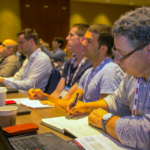
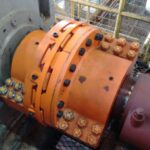
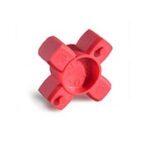
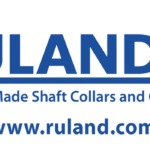
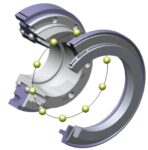
Leave a Reply